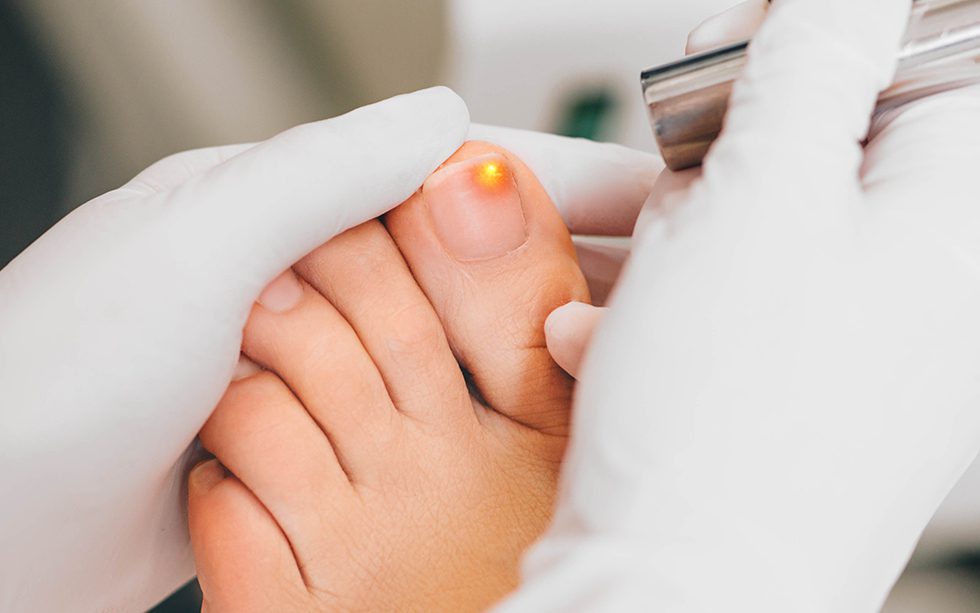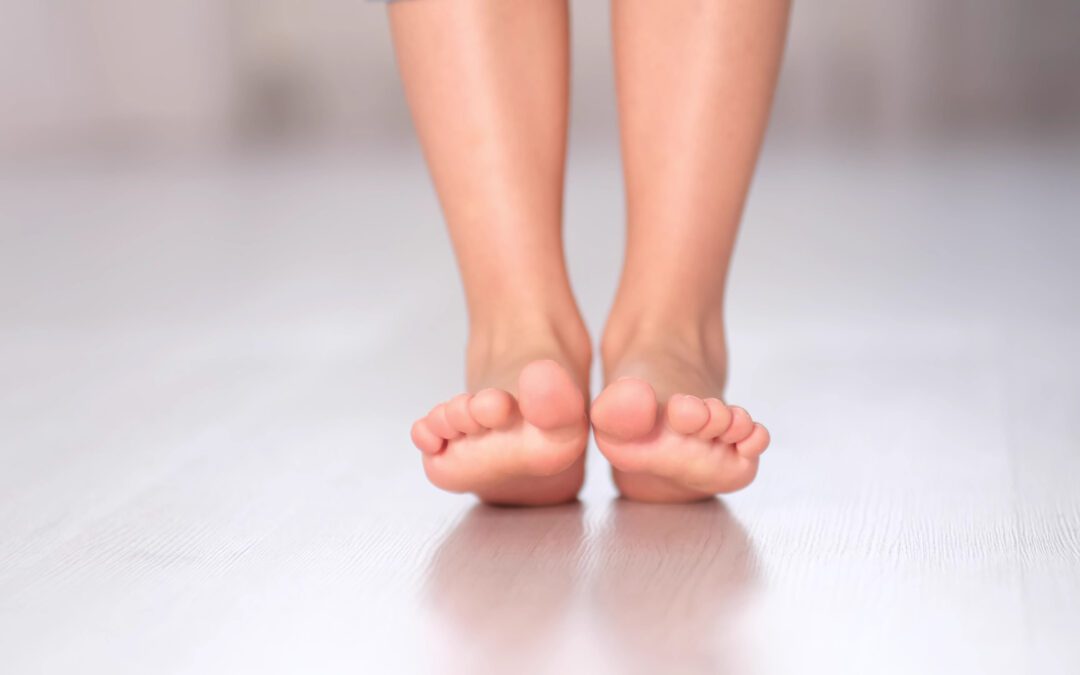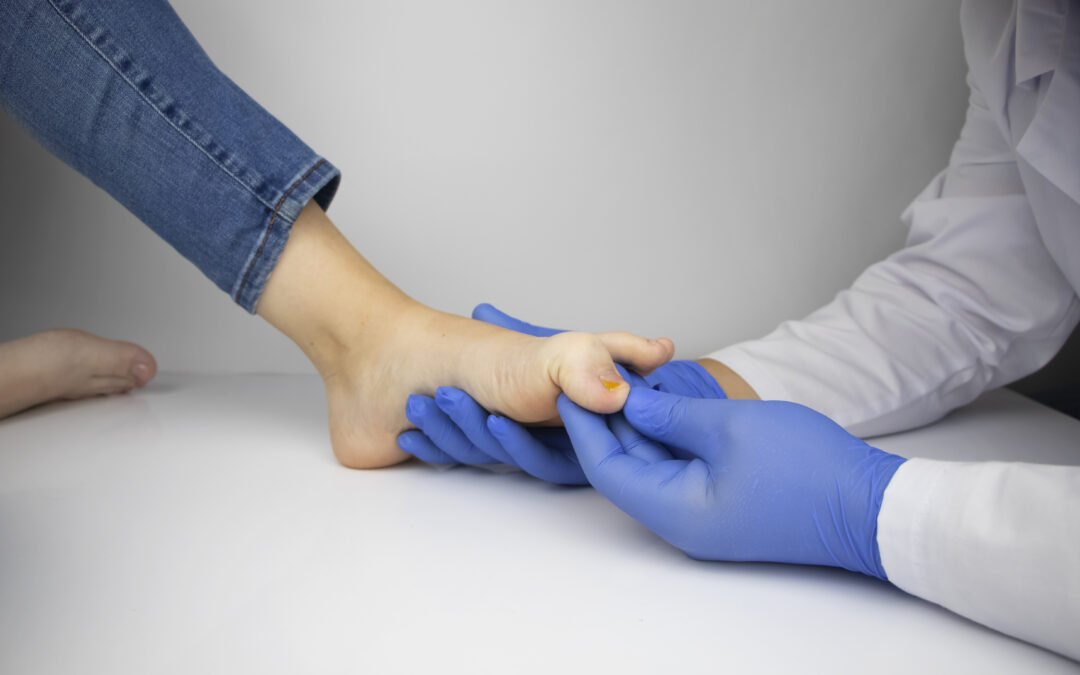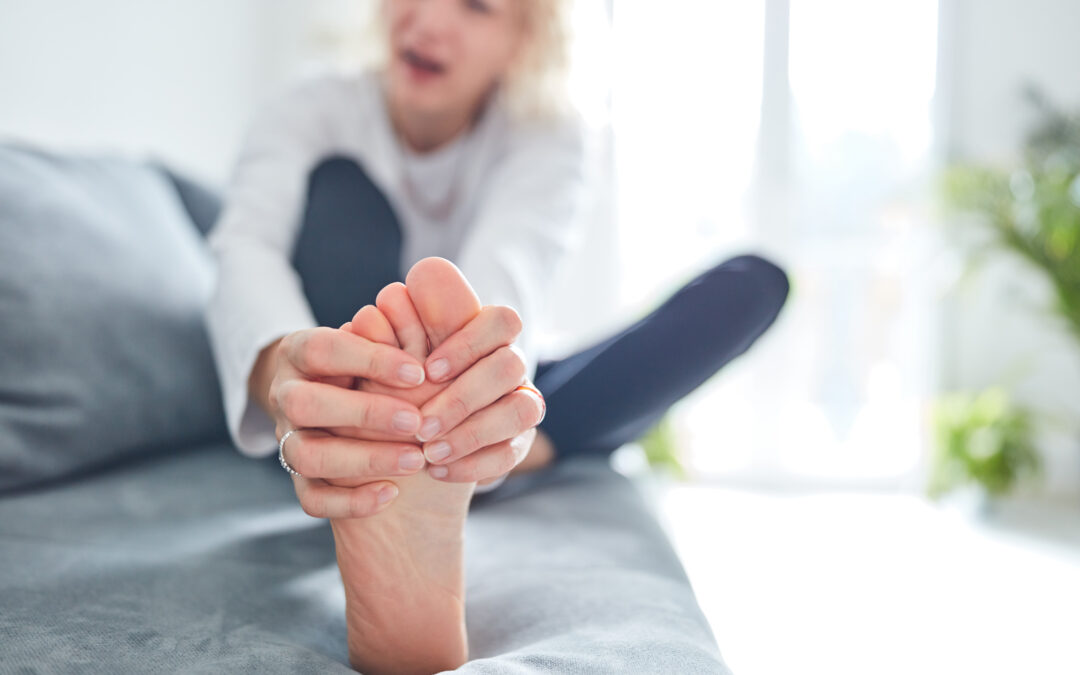Each year, our Podiatry Associates in Columbia, MD, treat hundreds of patients suffering from onychomycosis. Although this condition is rarely life-threatening for most, it can dampen self-esteem because of the way it alters toenails. For those with autoimmune disorders, like diabetes, it can also pose serious health issues.
Luckily, onychomycosis treatment provides relief, and with the help of the PinPointe™ FootLaser®, most patients see results after a single 30-minute treatment.
What Is Onychomycosis?
Onychomycosis is more commonly known as toenail fungus. Symptoms of toenail fungus include nail thickness, yellowing, and brittleness. Over time, toenails may break off easily and appear jagged and bark-like. If left untreated for too long, and especially if the person suffering from onychomycosis also has an underlying health issue, toenail fungus can lead to swelling and discomfort.
When caught quickly, onychomycosis does minor damage to nail beds and causes little pain. However, it can cause those with the condition to feel extremely self-conscious, and it can make wearing shoes and socks difficult in extreme cases.
What Causes Onychomycosis?
Onychomycosis is typically caused by one of several fungi strains conditioned to grow and feed on keratin, which is the substance that makes up nails and hair. It thrives in moist, warm, wet environments like socks and shoes, which means anyone can get it. However, those who are most likely to get onychomycosis include:
- Those who frequently wear nail polish on their toenails and do not allow their toenails to breathe
- Those who do not adequately clean their feet and toenails regularly
- Those who commonly wear ill-fitting or tight shoes or stockings
- Those with circulation issues
- Those with chronic immune disorders, such as diabetes
- Those who frequent locker rooms, such as gym-goers, athletes, police, and military personnel
Is Toenail Fungus Contagious?
Toenail fungus is contagious, but toenail fungus sufferers can prevent most cases with good hygiene practices. To avoid catching toenail fungus, be sure to:
- Wear shower shoes in public gyms and locker rooms, and wash your feet thoroughly at the gym and the next time you shower at home.
- Dry your feet off thoroughly after showering, and consider a foot powder to keep your feet dry and clean.
- If you do catch athlete’s foot from a gym, treat it with a topical cream as soon as you notice symptoms. Treat it for the entire suggested period, and then monitor your feet afterward.
- Avoid sharing footwear with others, and if you have experienced toenail fungus or athlete’s foot in the past, purchase a sterilization spray to spray into your shoes.
- If OTC solutions do not work effectively within the allotted treatment period, seek professional help right away.
What Is The Most Effective Treatment For Toenail Fungus?
There are several ways to treat toenail fungus, but the most effective treatment for toenail fungus is to seek professional help for the issue. OTC sprays, nail polishes, and creams sometimes do the trick, but Podiatry Associates in Columbia know how to combat toenail fungus each time it occurs effectively.
We use the PinPointe™ FootLaser® to target and kill off the fungus feeding on your toenails. Better yet, the procedure is painless, typically takes less than 30 minutes to complete.
If you’re suffering from onychomycosis, book a PinPointe™ FootLaser® session at Podiatry Associates in Columbia, MD, to get rid of your toenail fungus today.





